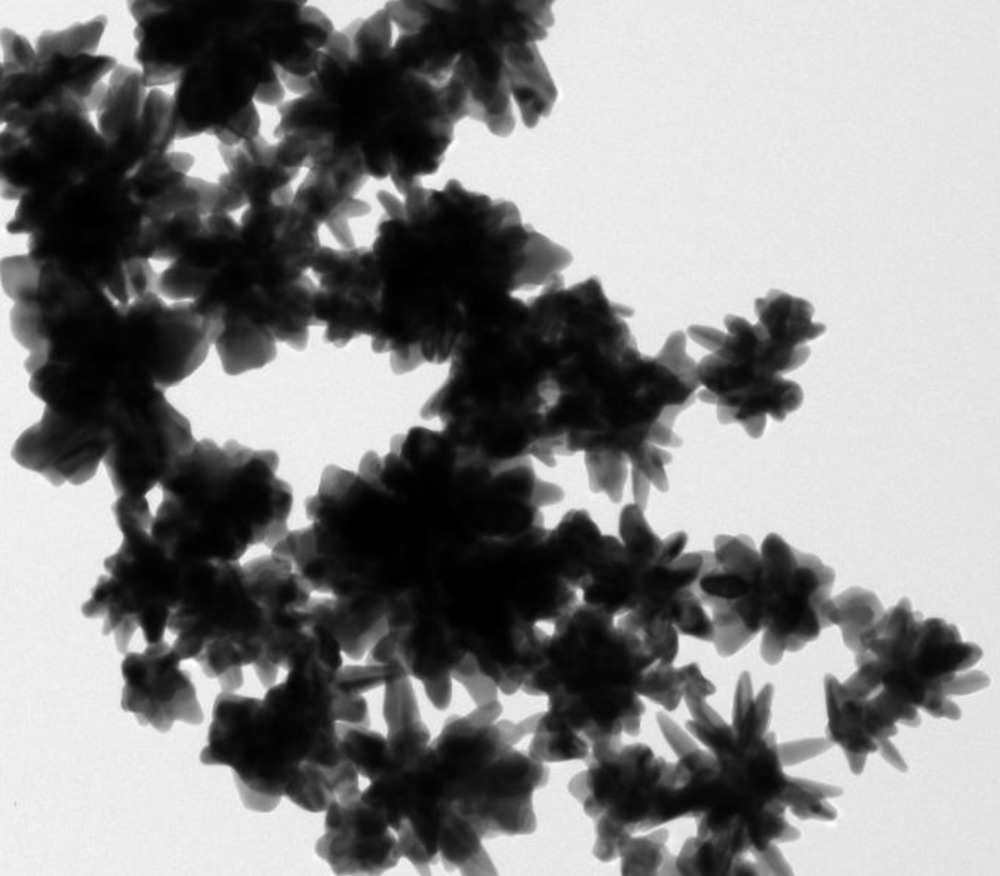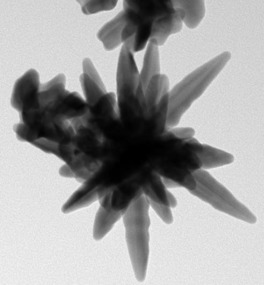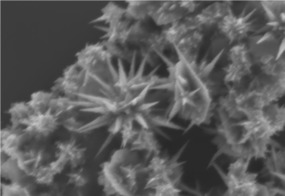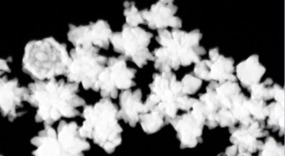A group of NUST MISIS scientists jointly with their colleagues from the Saha Institute of Nuclear Physics (Kolkata, India) have managed to synthesize stable gold nanoparticles in the shape of a star to fight against cancer. These inexpensive and non-toxic nanoparticles will allow to effectively diagnose cancer in its early stages and to emphatically destroy compromised cells. The study’s results have been published in the Journal of the Chemical Society.
Today, plasmonic nanomaterials based on gold and silver are widely used in medicine. These nanostructures, unusual in terms of optical and physical properties due primarily to their shape and structure, as well as the oscillation of free electrons inside them, are called “plasmonic”. The way this oscillation occurs strongly depends on the shape and size of the nanoparticles. It allows them to have a set of unusual optical and physical properties.
These nanoparticles have a wide range of biomedical applications — genomics, biosensorics, immunoassay, laser phototherapy of cancer cells, targeted drug delivery, DNA and antigens, bio-imaging, and monitoring cells and tissues. However, plasmonic nanoparticles based on gold have a fundamental defect: when injected into the blood they start to aggregate (stick together) under the influence of high concentrations of sodium chloride. Thus, the blood vessels are clogged and the nanoparticle delivery to damaged tissues becomes impossible.
“Scientists from the NUST MISIS Energy Efficiency Center led by Professor Dulal Senapati from the Saha Institute of Nuclear Physics have managed to solve the problem of nanoparticles` delivery to damaged tissues. They have synthesized stable nanoparticles based on gold, which do not stick together when injected into the blood and have high efficiency on the Raman spectroscopy”, — said Alevtina Chernikova, Rector of NUST MISIS.
Molecules on the surface of gold nanoparticles significantly enhance the Raman signal — the inverted bright emission is observed when alaser illuminates.
Every molecule has a so-called “fingerprint field”. This fieldis specific for molecules of different types and it is usually not visible because it is too weak. Nanoparticles of gold are able to increase this signal significantly, and they glow brightly in the accumulation of even small amounts of molecules, hence why it is possible to diagnose cancer at early stages.
“It`s possible to create nanoparticles of any shape, but we had a task to synthesize particles that would be more effective during photothermal therapy, and we have chosen a star shape. The process of photothermal therapy can be described in the following way: when the nanoparticle reaches the affected area, it begins to be affected by a laser, and [the nanoparticle] absorbs the light and focuses it like a lens — it punctuates and directs [the light] to the sharp edge of the star, and then coverts it into a huge amount of heat (about
4500-5000 °C), which is concentrated at the lip of the star. The generated heat breaks the flow of the membrane of a cancer cell and destroys it without having a negative impact on healthy cells. Our nanoparticles in the shape of stars absorb light at a wavelength of600-900 nm, which is very good because in this region of the spectrum, our body is transparent to radiation. Most of the biological molecules in this region of the spectrum can`t absorb light”, explained Professor Dulal Senapati, Saha Institute of Nuclear Physics, and head of the NUST MISIS infrastructure project “Obtaining, characterizing and implementing functionalized anisotropic nanomaterials for the selective detection of biomarkers, ultra-precise quantitative analysis, and therapy”.
Experts synthesize these gold nanoparticles in an aqueous solution with the use of vitamin C, which is why they are non-toxic and inexpensive. According to preliminary estimates, the cost of the solution with a volume of 100 mcL is only about 50 Rubles.
The work on the technology was conducted with the participation of specialists from the N.N. Blokhin Russian Cancer Research Center. Currently scientists are working to improve the particles — trying to synthesize other types of stars.






